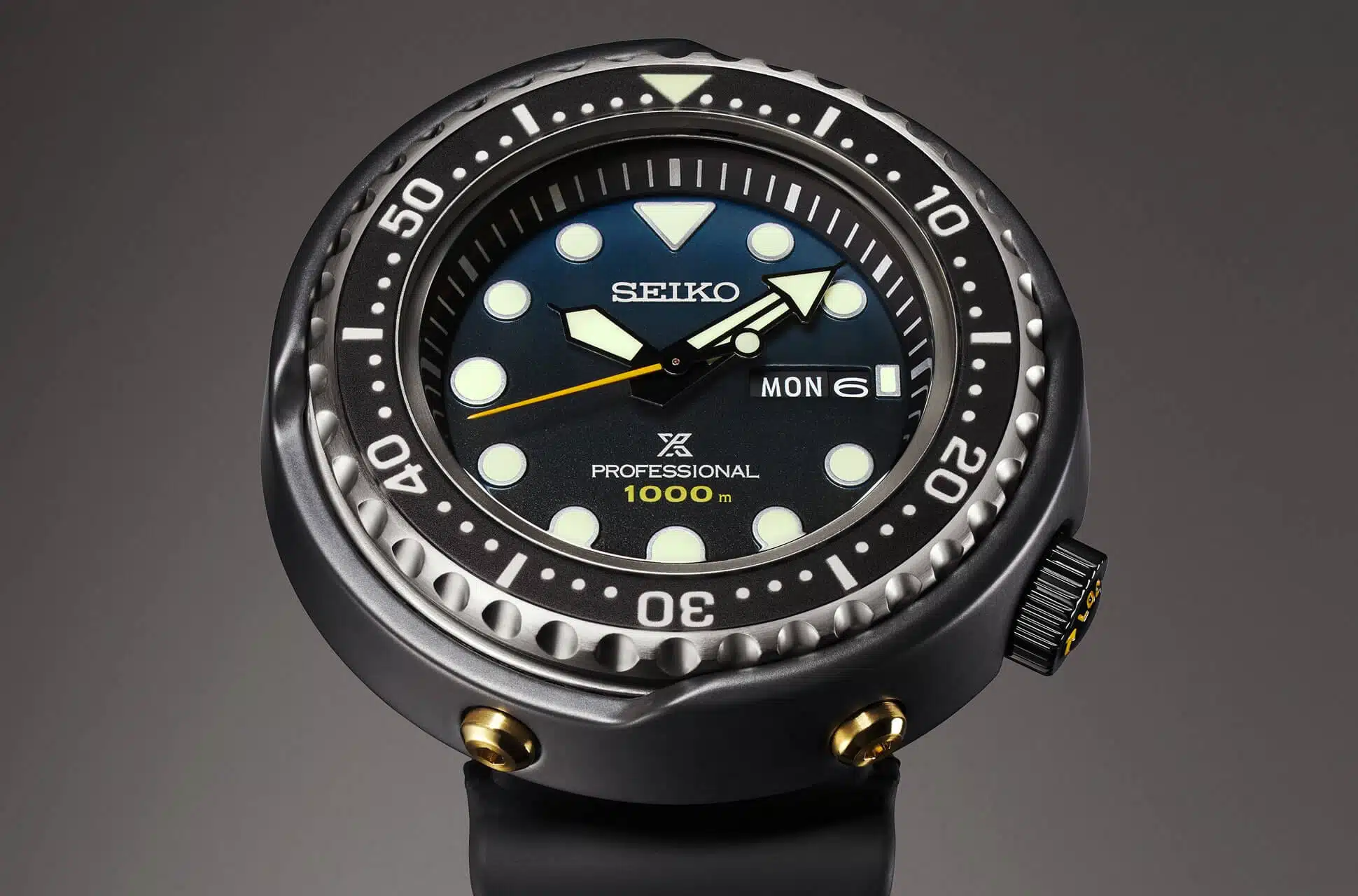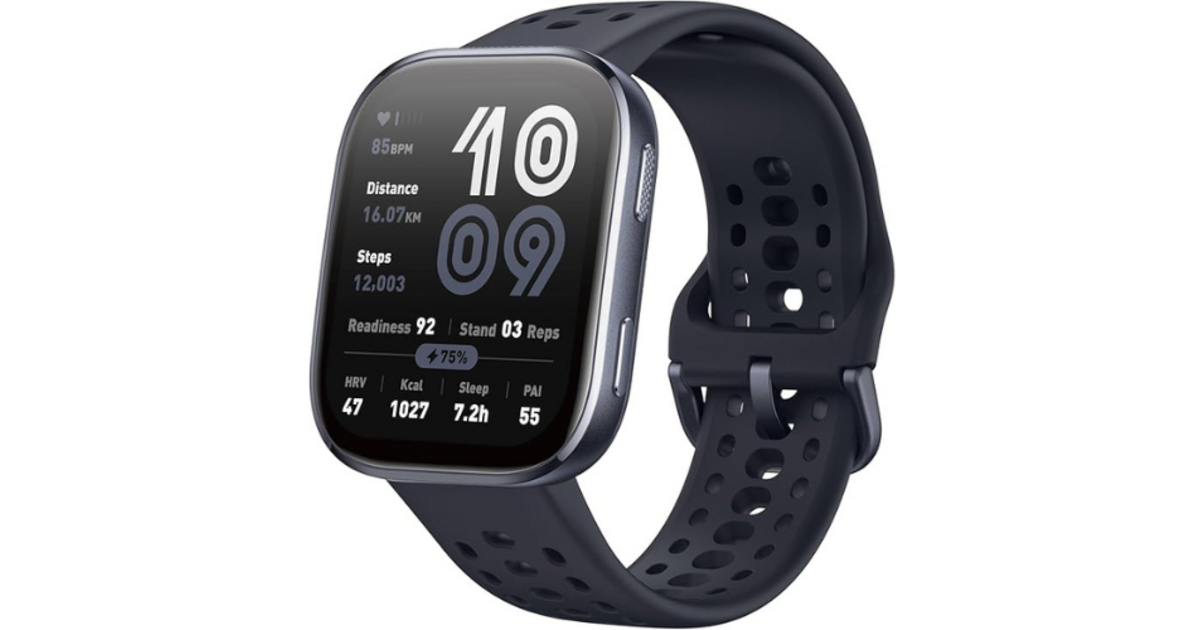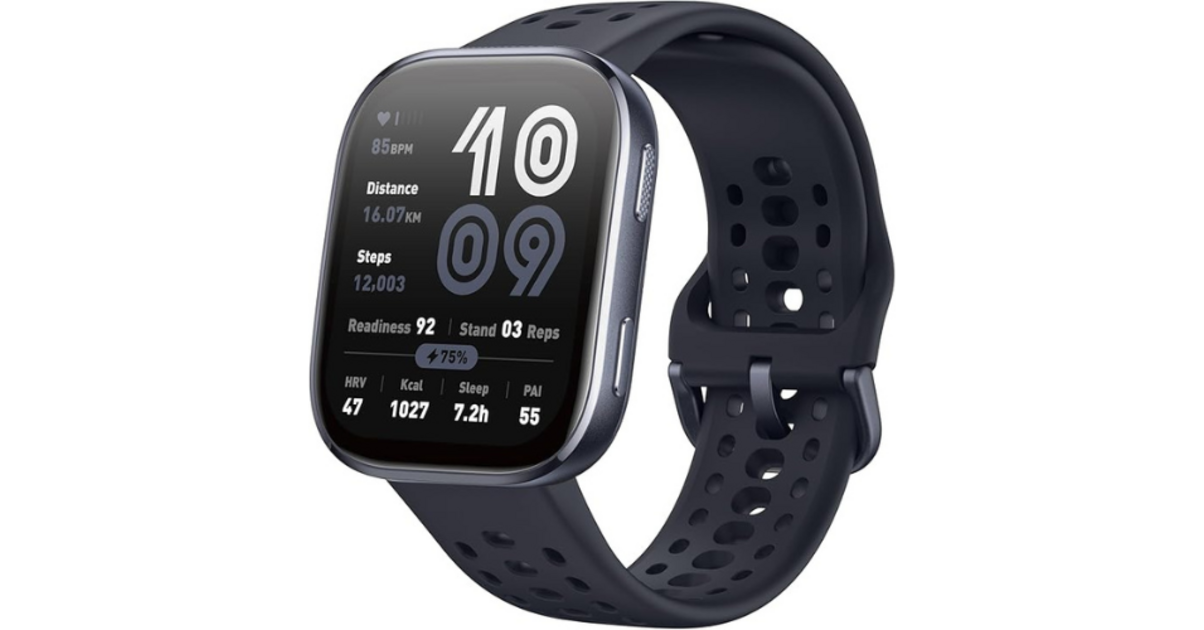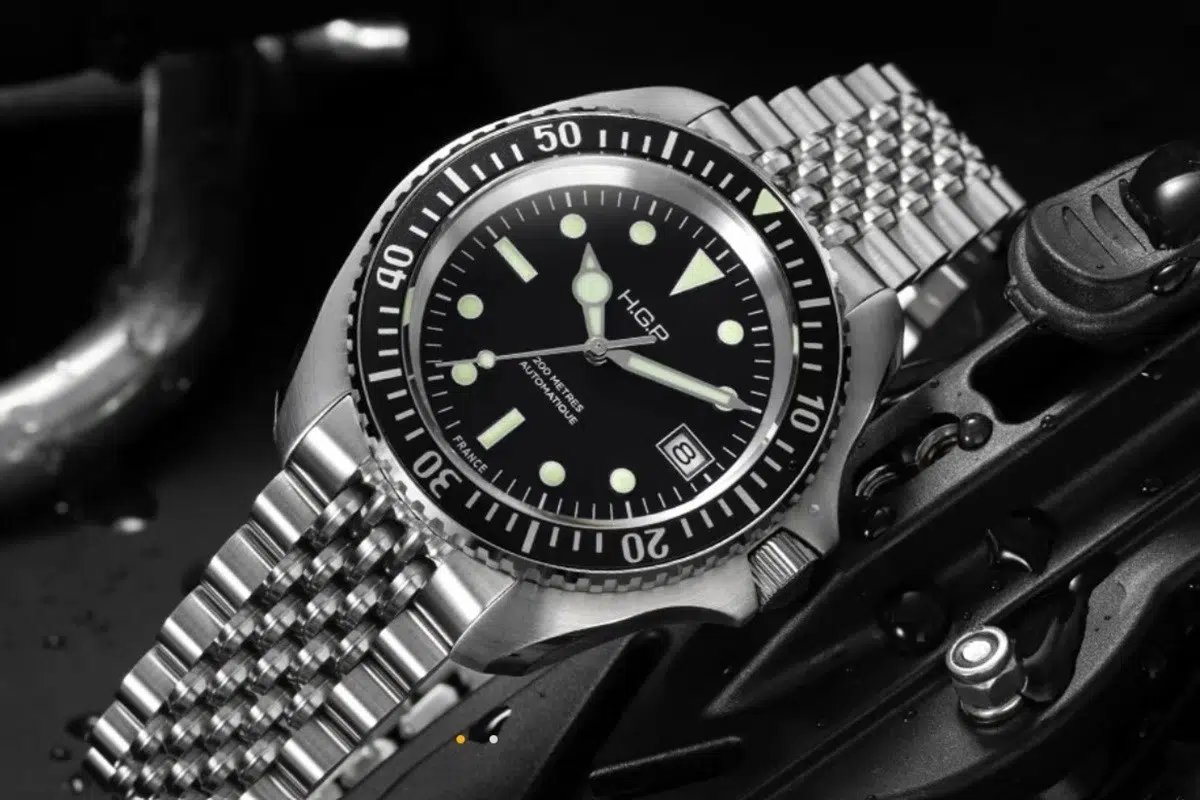The announcement last Monday of the postponement until next year of the charity sale of Only Watch as well as the recent investigations carried out by the authorities in Singapore to combat significant money laundering operations have raised awareness in the industry watchmaker that subjects related to compliance with compliance rules could no longer be treated lightly. These two events, which obviously have nothing to do with each other, were an abrupt reminder that the world had indeed changed and that even if the regulatory contexts could vary greatly from one country to another, irreproachable ethical behavior by players in this industry was now expected not only from the general public but also from customers and among them, collectors. I use the term “players” deliberately to remind you that this industry is not just made up of brands, suppliers and retailers. There are also auction houses and in the case of Only Watch, the Monegasque Association for the Fight against Myopathies.
It is also no coincidence that the discussions linked to Only Watch which led to the postponement of the sale were initiated by collectors (and absolutely not by bloggers as I have read here and there). These collectors, among their concerns, wanted to remove doubts about the use of the money they pay as customers to the brands when the latter sell watches to Only Watch. Among these collectors, I am thinking in particular of Santa Laura who asked a whole battery of questions to the Only Watch organization which was part of a real “KYS” (Know Your Supplier) process worthy of those carried out by companies in certain sectors of activity. In fact, I sincerely think that the problem with Only Watch is a sort of original sin, that of having put itself in a situation which could be perceived as a conflict of interest (the association organizes a fundraiser which finances a company whose beneficial owner is the head of the association). I want to believe in the integrity of the organizers of Only Watch because the reasons which led to the creation of the Association are too intimate for it to be otherwise. On the other hand, what is regrettable is this structuring and the absence of transparency in the quantified data and of a clear vision of the concrete impacts of the research which was thus financed. And it was this lack of transparency that prompted Santa Laura to ask questions. It must be understood that in “charity business” (a notion which is almost like an oxymoron), observers very quickly place themselves on the ground of morality and on that of pure considerations of local legislation. An audit of the Association’s accounts will be carried out but we must not tell stories. As long as the structuring could present a potential risk of conflict of interest, I do not see the brands involved giving their agreement for the next sale to take place. In my opinion, beyond the conclusions of the audit, the main reason which will enable the next sale to take place will be that an independent committee of the organization decides on the allocation of funds to research entities which are also independent (that is to say without any participation of the members of the organization of the Association), renowned, reputable and with visible and documented results, in short that we get out of the current situation. Otherwise, the same causes will produce the same effects. Personally, I want the sale to be able to take place given the stated objectives and because it is an industry unifying event. The ball is in the court of the organization which must take a proactive approach so that the adventure can continue in another form. As things currently stand, the probability that the event can be held in 2024 is close to zero.
If I put this exceptional situation aside, I have the feeling that brands have generally made progress in recent years. The influence of listed groups is felt as well as that of Rolex whose ethical principles are indisputable. The sector is making progress but there is still a way to go, particularly on the theme of the origin of funds and the “KYC” (Know Your Customer) approach that auction houses must carry out. In any case, the fact that Audemars Piguet was the first brand to come out of the Only Watch sale is very symptomatic. The previous employer of the future CEO of Audemars Piguet is Firmenich, a listed company with a very comprehensive code of ethics and professional conduct. I imagine that his culture and his knowledge of ethics must have weighed in the decision.
In fact, careful observation of the events that have just passed gave me the feeling that the environment in which the watch industry operates had changed radically in a few days. There is a before, there will be an after. The subjects of compliance, ethics and professional conduct suddenly became major themes and stakeholders realized that they had to be treated seriously in order to avoid significant risks in terms of image and reputation. However, the main asset of a renowned brand is its image and reputation. This is the reason why this whole sequence makes me say that the watchmaking industry has just entered the 21st century, the one which puts CSR (Corporate Social Responsibility) at the heart of their strategy.
It is in this context that I am delighted with the actions carried out by the Fondation de la Haute Horlogerie. Indeed, the Foundation very recently conducted a new masterclass dedicated to the theme of compliance and sustainable development. The main themes covered were related to data protection, Cyber Security and the different standards and regulations that impact the industry. A welcome approach appreciated by stakeholders in a changing and increasingly complex environment. In any case, the timing of the masterclass was ideal because recent events have made its content not only appropriate but mandatory. It will even be advisable to reinforce this training because the number of subjects to be covered becomes greater every day.






